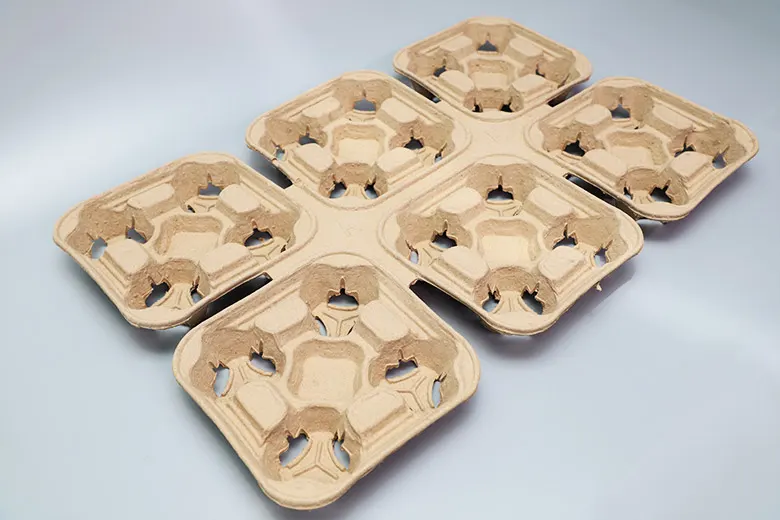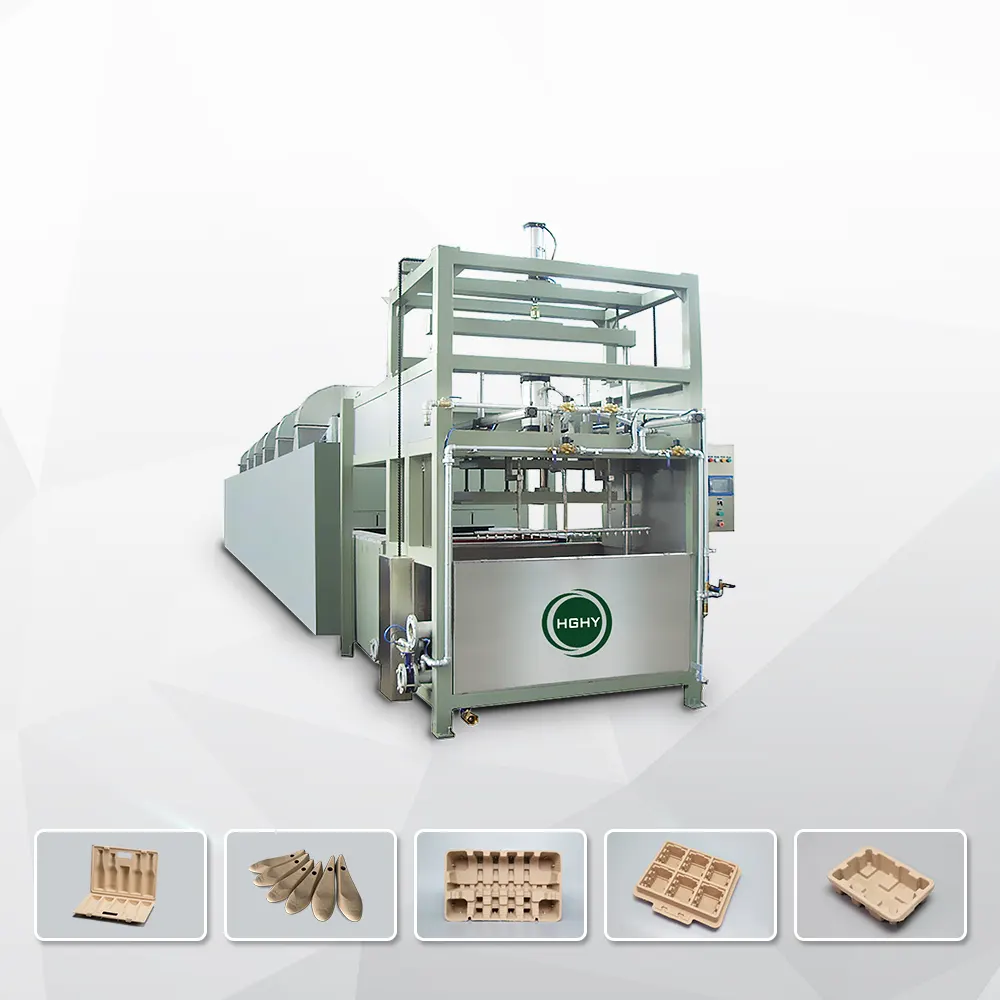Understanding Cup Holder Trays
Cup holder trays are indispensable accessories designed to enhance the transportation and organization of beverages across various settings. Primarily utilized in environments such as coffee shops, restaurants, and catering services, these trays serve the essential purpose of securely holding cups, thereby increasing efficiency and convenience for both patrons and service personnel. With their capability to accommodate multiple beverages simultaneously, cup holder trays offer a practical solution for managing orders, especially during busy hours.

Different types of cup holder trays exist to meet the diverse needs of consumers. The 2-cup and 4-cup carriers are among the most popular options. The 2-cup carrier is ideal for smaller orders or individual customers who are on-the-go, allowing them to comfortably hold their drinks without risking spills. Conversely, the 4-cup carrier caters to larger orders, making it simple for patrons to carry multiple drinks at once, facilitating a streamlined experience in busy environments. This adaptability is particularly beneficial in restaurants and coffee shops, where multiple beverages are frequently ordered.
Additionally, cup holder trays significantly enhance organization, reducing clutter and ensuring that orders are delivered correctly and promptly. They help minimize accidents associated with carrying multiple drinks, thereby providing increased safety for both customers and staff. Importantly, there has been a growing emphasis on environmentally-friendly materials in cup holder tray design. Many manufacturers are now opting for biodegradable or recyclable materials, aligning with sustainability trends in the food and beverage industry. This shift not only benefits the environment but also appeals to consumers who prioritize eco-conscious practices.
Overall, cup holder trays are a vital tool that promotes convenience, organization, and sustainability in the beverage service industry, making them essential for any establishment focused on delivering quality service.
Types of Cup Holder Trays
Cup holder trays are essential for transporting beverages comfortably and safely, especially in busy environments. The market offers a variety of designs, including 2-cup carriers and 4-cup drink carriers. Each type has its own advantages, contributing to their suitability for different situations.
The 2-cup carrier is typically more portable and ideal for personal use or smaller outings. Its lightweight design allows for easy handling, making it a popular choice for quick trips to coffee shops or small gatherings. However, the 4-cup drink carrier provides greater capacity, enabling users to transport multiple beverages at once. This feature is particularly beneficial in scenarios where serving drinks to a group is necessary, such as family outings or office settings.
When it comes to stability, 4-cup carriers often come with reinforced bottoms and side supports that help keep the cups secure during transit. This design minimizes the risk of spills, ensuring that drinks remain upright. In contrast, 2-cup carriers might offer less stability in comparison, potentially leading to inconvenience when navigating crowded areas.
Moreover, cup holder trays are manufactured from various materials, including plastic, cardboard, and biodegradable options. Plastic trays are durable and typically water-resistant, making them a popular choice for many consumers. Cardboard trays, on the other hand, provide a lightweight and economical solution but may lack the durability of plastic counterparts. Increasingly, environmentally conscious consumers are opting for biodegradable trays, which offer a sustainable alternative without compromising functionality.
Choosing the best cup holder tray ultimately depends on individual needs, balancing portability with capacity and environmental impact. Understanding these differences can significantly enhance the user experience in transporting beverages effectively.
Choosing the Right Cup Tray for Your Needs
When selecting a cup holder tray, it is essential to evaluate your specific requirements based on the intended use, beverage volume, and customer traffic. For personal use, a standard coffee cup tray may suffice, typically designed to hold two or four cups of beverage. These trays ensure easy transport, making them ideal for individuals who frequent coffee shops or enjoy dining at home. However, if your needs extend beyond personal use, such as catering events or serving customers in a café, a larger carrier designed to accommodate a greater number of cups becomes necessary.
In commercial settings, where customer traffic can be high, durability and functionality are vital considerations. Opting for a cup tray that can withstand regular use is advisable, as a robust design helps prevent wear and tear. Look for materials that offer longevity, such as high-quality plastic or even eco-friendly options. Additionally, consider the ease of cleaning; trays that are dishwasher safe or have smooth surfaces are preferable, as they facilitate quick sanitization between uses.
Moreover, the storage solutions of cup trays should also be weighed carefully. A stackable design can save valuable space in a busy café or kitchen, allowing for efficient organization. For high-volume operations, selecting trays with compartments can also accommodate different cup sizes and types, ensuring versatility while enhancing the presentation of beverages.
Ultimately, understanding your operational needs and customer expectations will guide you in choosing the right cup holder tray. By assessing the volume of beverages served, expected customer traffic, and preferences regarding durability and ease of cleaning, you can invest in a solution that aligns with your specific requirements, whether for personal enjoyment or commercial success.
The Manufacturing Process of Cup Holder Trays
The manufacturing process of cup holder trays involves several stages, marked by the use of specialized machinery designed to create efficient and durable products. Initially, raw materials such as cardboard, plastic, or eco-friendly alternatives are sourced. These materials are selected based on their suitability for providing sufficient structural support while remaining lightweight enough for convenience.
Once the materials are acquired, they undergo proper treatment to ensure quality and durability. This can involve processes such as cutting, shaping, and molding. For example, thermoforming machines are often employed to shape plastic materials into cup holder trays, allowing for a variety of designs and capacities, including the standard two-cup carriers. These machines utilize heat to soften the plastic, which is then shaped around a mold.
HGHY Coffee Cup Tray Machine is primarily used for manufacturing various types of standard industrial packaging products designed for shock absorption. These include packaging for household appliances, electronics, instruments and meters, tools, accessories, and more.

Computer numerically controlled (CNC) routers play a significant role in the precision cutting of cardboards or wooden tray materials, enhancing the accuracy and consistency of each product. The technology utilized in manufacturing has continually evolved, integrating advanced automation to streamline production processes. Robotic arms, for instance, are increasingly used for the assembly of cup holder trays, ensuring faster output while reducing human error.
In recent years, there has been an increasing focus on sustainability within the manufacturing sector. Companies are exploring innovative ways to incorporate recycled materials into their production lines for cup holder trays, aligning with global efforts to reduce waste. Future trends suggest a further shift towards automation, which may enhance production efficiency while also enabling better management of resources and waste. As consumer demands increase for environmentally responsible products, manufacturers are likely to persist in innovating towards greener practices.



